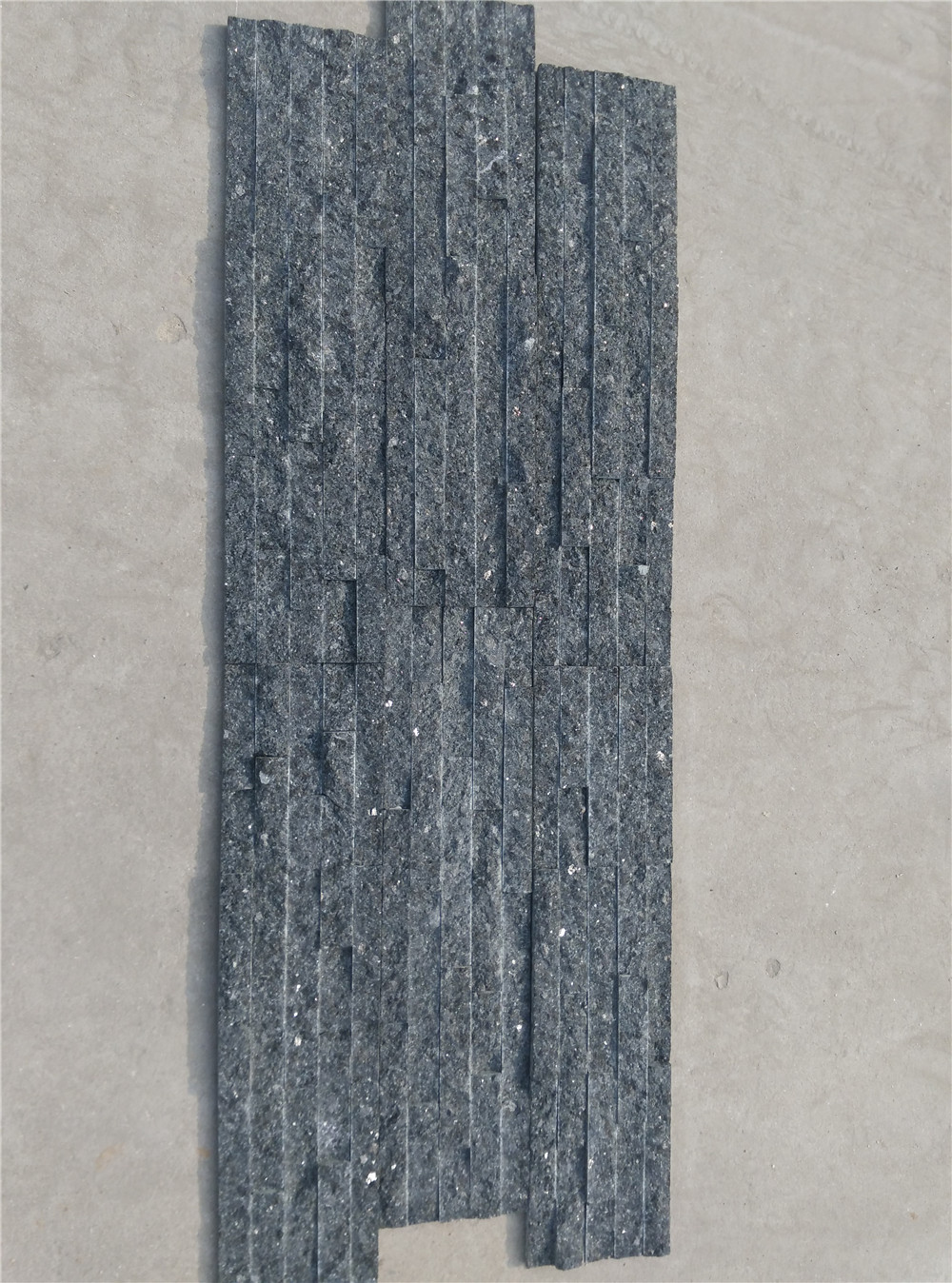Unveiling the Timeless Beauty of Classic Cultured Stone
Introduction
Classic cultured stone, also known as manufactured stone or faux stone, has been a popular choice for homeowners and designers for its aesthetic appeal and versatility. Mimicking the look of natural stone, cultured stone offers a cost-effective alternative without compromising on style or quality. In this article, we will delve into the world of classic cultured stone, exploring its history, manufacturing process, benefits, and applications.
History of Cultured Stone
The concept of cultured stone dates back to the mid-20th century when it was developed as a lightweight and affordable alternative to natural stone. The idea was to recreate the beauty and texture of natural stone using a blend of cement, aggregates, and pigments. Over the years, advancements in technology and manufacturing processes have led to the creation of highly realistic and durable cultured stone products that closely resemble the appearance of natural stone.
Manufacturing Process
The manufacturing process of classic cultured stone involves a series of steps to create high-quality and realistic-looking stone veneers. The process typically begins with the selection of raw materials such as cement, lightweight aggregates, and iron oxides for coloring. These materials are mixed together in precise proportions to form a slurry that will be poured into molds.
Molds play a crucial role in determining the texture and shape of the cultured stone. Various molds are used to create different stone profiles, including limestone, fieldstone, river rock, and cobblestone. Once the slurry is poured into the molds, it is left to cure and harden before being demolded. The newly formed stone veneers are then treated with a variety of finishing techniques to enhance their appearance and texture.
Benefits of Classic Cultured Stone
Classic cultured stone offers a multitude of benefits that make it an attractive choice for homeowners, builders, and designers alike. Some of the key advantages of cultured stone include:
1. Cost-Effective: Cultured stone is more affordable than natural stone, making it a budget-friendly option for those looking to achieve a high-end look without breaking the bank.
2. Lightweight: Cultured stone is significantly lighter than natural stone, making it easier to transport, handle, and install. This lightweight characteristic also reduces the need for additional structural support.
3. Versatile: Cultured stone can be used in a variety of applications, including exterior cladding, interior accent walls, fireplaces, and landscaping features. Its versatility allows for endless design possibilities.
4. Durable: Cultured stone is engineered to be durable and weather-resistant, making it suitable for both indoor and outdoor use. It can withstand harsh environmental conditions without fading or deteriorating.
5. Easy to Install: Cultured stone is designed for easy installation, requiring minimal tools and expertise. Many manufacturers offer DIY-friendly installation kits for homeowners looking to tackle a project themselves.
Stone veneer for landscaping projects of Cultured Stone
Classic cultured stone can be used in a wide range of applications to enhance the aesthetic appeal of residential and commercial spaces. Some common uses of cultured stone include:
1. Exterior Cladding: Cultured stone is commonly used as a facade material for homes, buildings, and other structures. It adds character and charm to the exterior while providing excellent insulation and weather protection.
2. Interior Accent Walls: Cultured stone can be used to create stunning accent walls in living rooms, bedrooms, and other interior spaces. It adds texture and visual interest, transforming an ordinary wall into a focal point.
3. Fireplaces: Cultured stone is a popular choice for fireplace surrounds and mantels. Its natural look and feel create a cozy and inviting atmosphere, perfect for gathering around the hearth.
4. Landscaping Features: Cultured stone can be used to create beautiful landscaping features such as retaining walls, garden borders, and water features. It adds a touch of elegance to outdoor spaces and enhances the overall landscape design.

5. Commercial Spaces: Cultured stone is also widely used in commercial settings such as hotels, restaurants, and retail stores. It helps create a sophisticated and upscale ambiance that attracts customers and enhances the brand image.
In conclusion, classic cultured stone is a versatile and cost-effective building material that offers the timeless beauty of natural stone without the hefty price tag. With its durability, easy installation, and wide range of applications, cultured stone continues to be a popular choice for homeowners and designers looking to elevate the aesthetic appeal of their spaces. Whether used for exterior cladding, interior accent walls, fireplaces, or landscaping features, cultured stone adds a touch of elegance and sophistication to any setting.